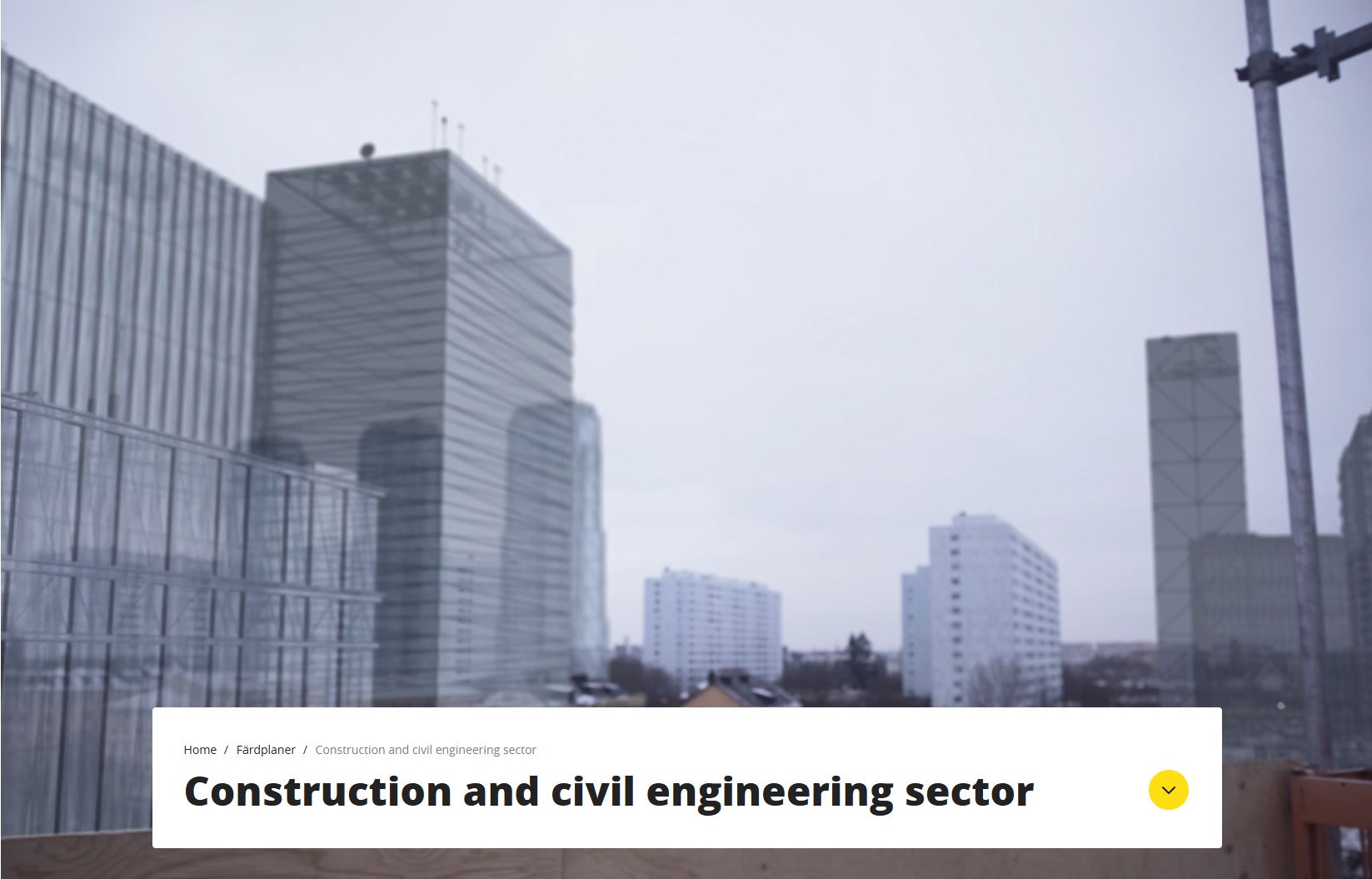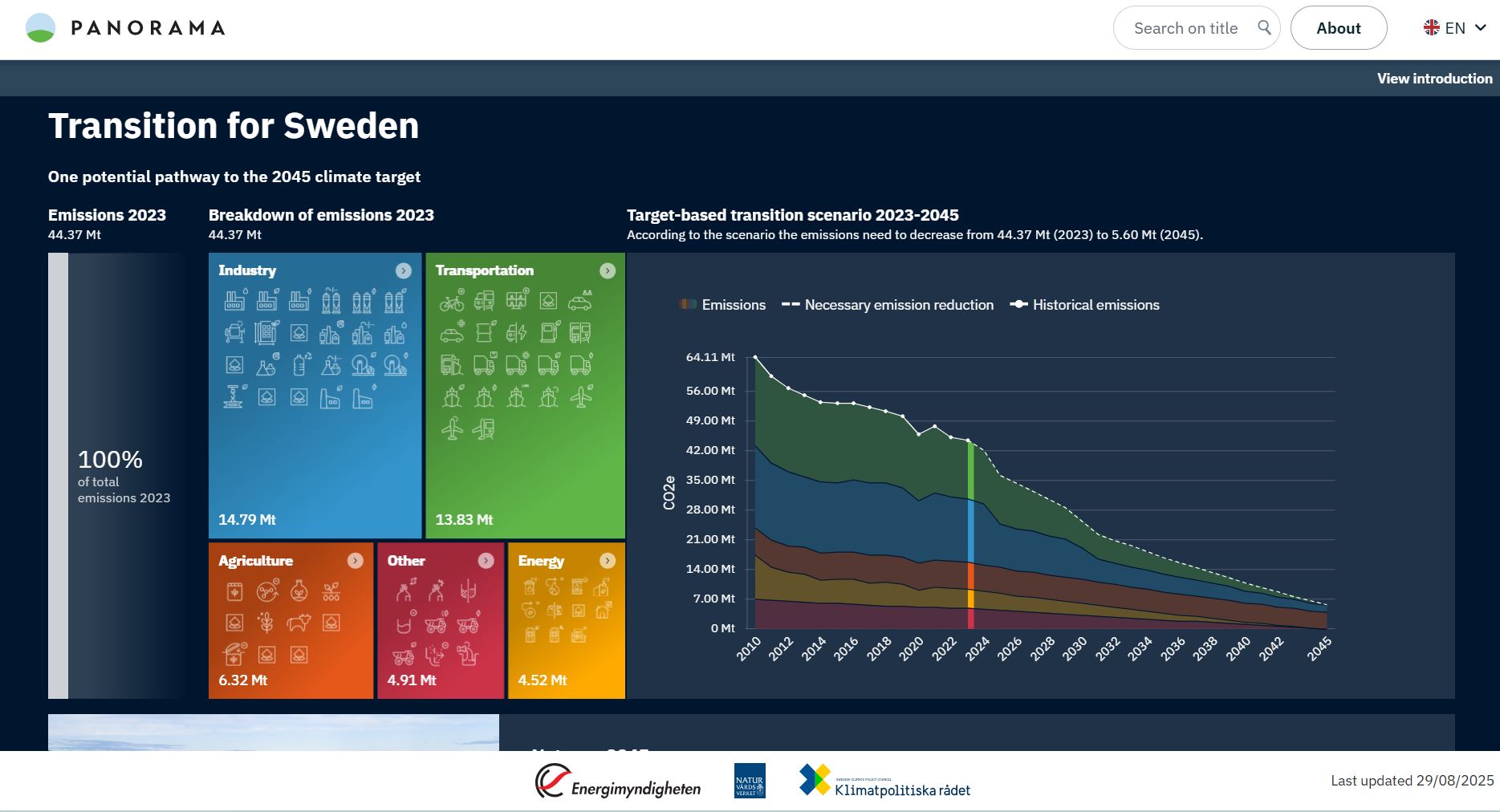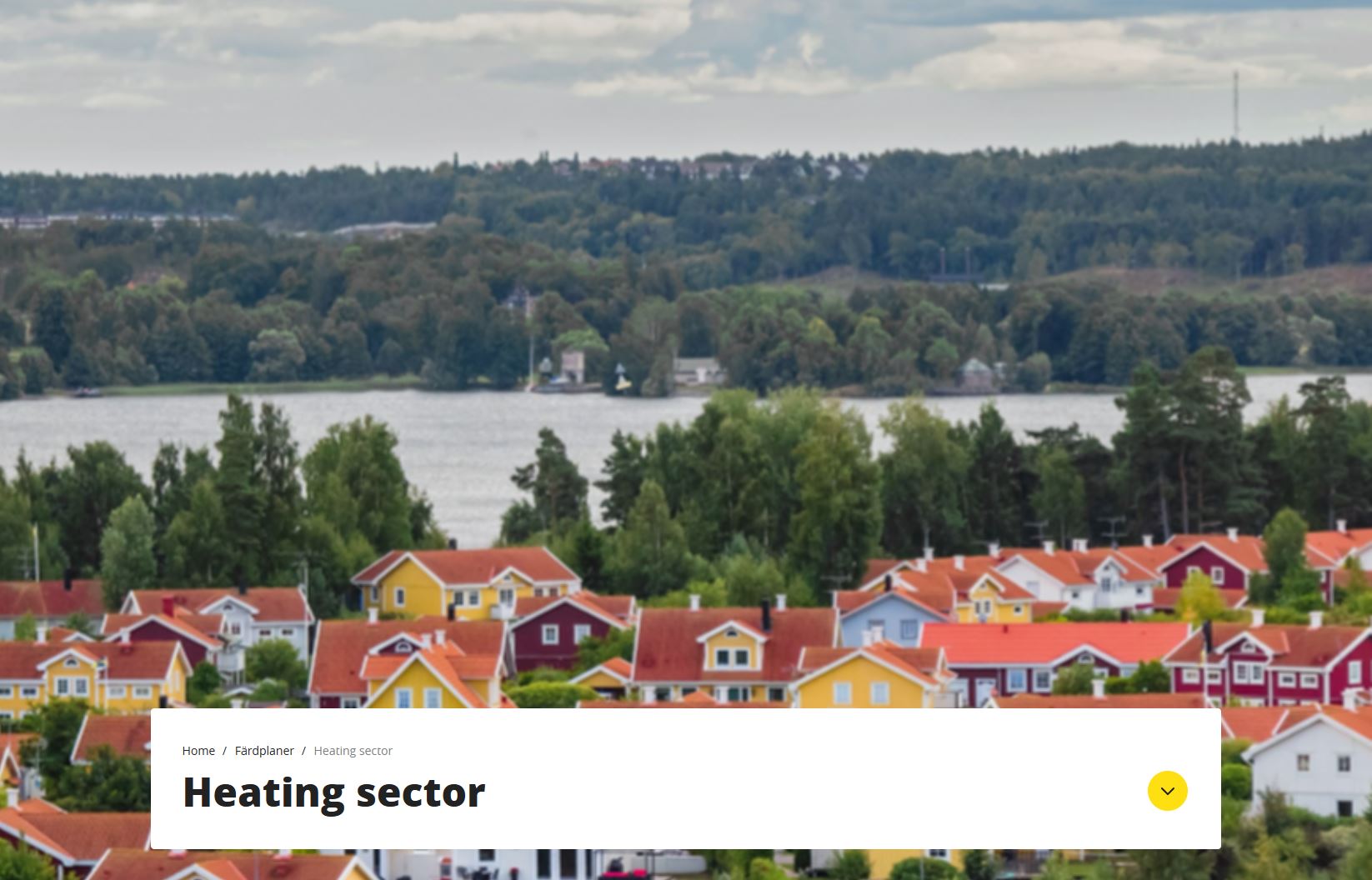Buildings
Climate solutions – Buildings
The buildings sector is one of the largest sources of global carbon emissions. Sweden has been decarbonising buildings by investing in clean, efficient energy systems for a century.
Boost competitiveness and well-being
Decarbonising buildings can drive sustainable growth, improve health and energy security, and create green jobs. With the right policies, finance, and innovation, the transition to low-carbon, resilient buildings can support climate goals while boosting long-term competitiveness and well-being.
Be our global partner
While emissions have fallen by 12% since 2008, faster action is needed to meet net zero by 2045. Sweden’s roadmap for a low-emission buildings sector targets the full value chain, from materials and construction to operation, renovation, and end-of-life. And we welcome global partnerships to accelerate this shift.
Climate solutions across the board
Swedish companies, public institutions, and researchers are helping to scale sustainable construction and retrofitting solutions at home and abroad, aligning building decarbonisation with broader goals for competitiveness, energy security, and climate resilience. Climate solutions in the building sector include:
- Circular Construction Materials and Low-Carbon Supply Chains – Swedish firms lead in circular construction. Advancing recycled and low-carbon materials such as eco-certified timber and low-carbon concrete reduces embodied carbon and dependence on virgin resources while enhancing supply chain resilience and competitiveness. Flexible, modular, and prefabricated methods cut waste, emissions, and construction time. They also allow for faster delivery of high-quality social infrastructure.
- Clean Energy Infrastructure – Sweden’s fossil-free electricity and integrated district heating networks , often utilising industrial waste heat and thermal storage, provide renewable energy for construction and retrofitting. These sytems reduce fossil fuel dependency and boost climate resilience and energy security.
- Passive Design and Nature-Based Cooling – Swedish architecture incorporates passive design principles such as natural ventilation, thermal insulation, and strategic daylighting to enhance comfort while reducing energy demand. These approaches are complemented by nature-based urban cooling measures like green roofs, living facades, and biodiversity-rich greenery. These, in turn, help mitigate the urban heat island effect, manage stormwater, and improve air quality.
- Integrated Renewable Heating and Cooling Systems – Sweden leads in deploying district-scale and decentralised renewable heating and cooling technologies, including geothermal energy, solar PV, and heat pump systems. These reduce the operational emissions of buildings.
- Smart Building Systems and Real-Time Energy Optimisation – Swedish-designed smart buildings equipped with AI-driven management systems can dynamically adjust energy use based on occupancy patterns, weather fluctuations, and electricity pricing. This allows for improved energy performance, reduced emissions, enhanced user comfort, and better alignment with grid demand.
- Monitoring and Predictive Maintenance for Long-Term Efficiency – Swedish innovators’ smart monitoring systems enable predictive maintenance and operational optimisation, allowing buildings to maintain high performance over time. These technologies can identify inefficiencies before they become costly and support climate resilience by adapting to changing environmental conditions.
- Retrofit Solutions for an Ageing Building Stock – Retrofitting existing buildings is vital for achieving near-term emissions reductions. Swedish companies offer high-efficiency heating and cooling upgrades, enhanced insulation, and advanced window technologies. These interventions extend building lifespans while slashing energy use. Modular, reusable structures can also serve as temporary solutions during deep renovations, maintaining service continuity while decarbonisation work is underway.
- Circular Design, Reuse, and Lifecycle Transparency – Swedish companies are at the forefront of enabling circular construction through modular design, material traceability, and disassembly-friendly architecture. Digital tools track material flows and support circular business models by enabling transparent lifecycle emissions accounting. Modular and adaptable design increases building longevity, facilitates reuse across projects, and allows spaces to evolve with shifting needs.
- Enablers to Facilitate Mitigation and Adaptation – Swedish companies, research institutes, agencies, and NGOs provide a full suite of tools to support the global transition to energy-efficient, low-carbon, and resilient buildings. This offer combines financial innovation, policy expertise, scientific research, and capacity-building aligned with international climate goals.





